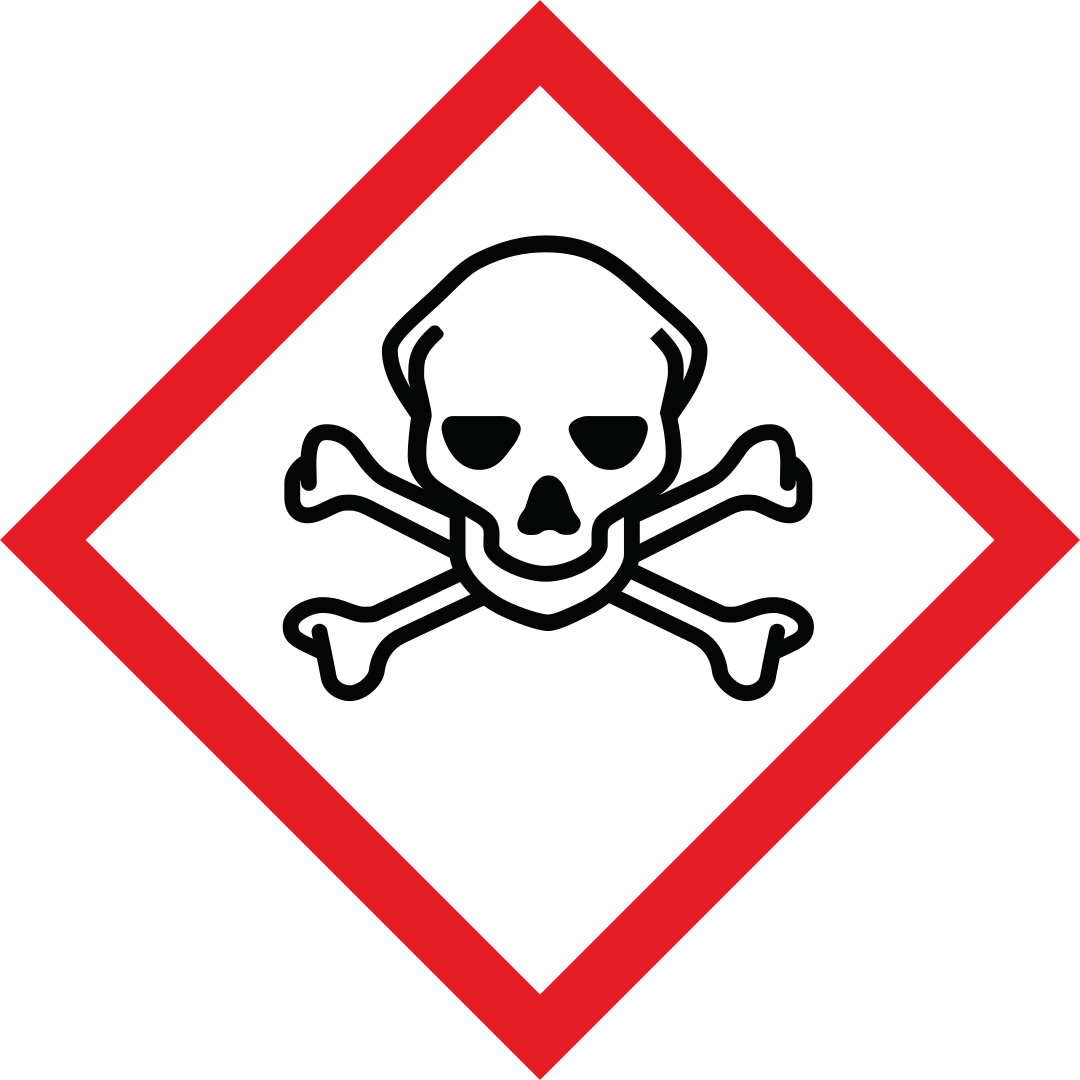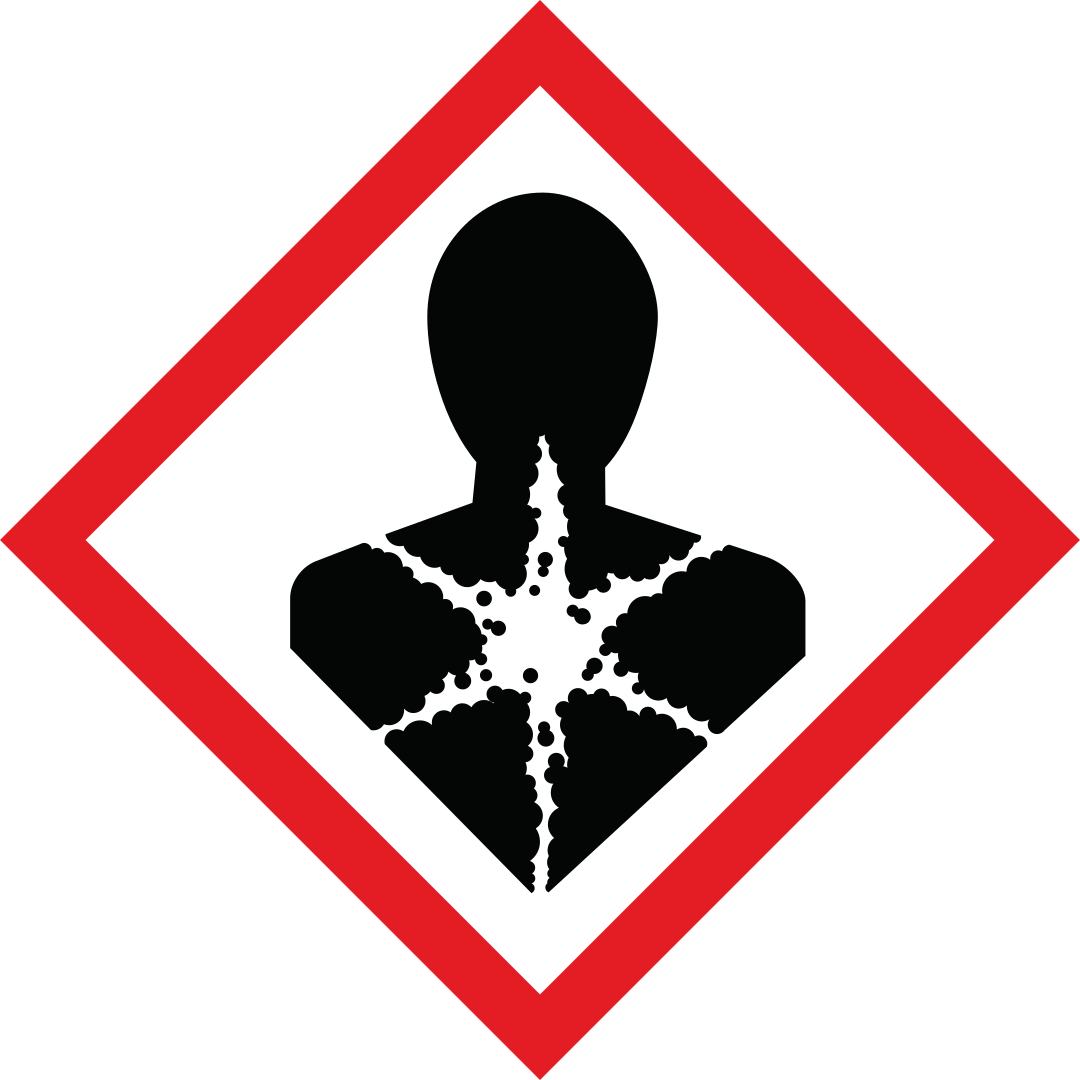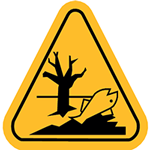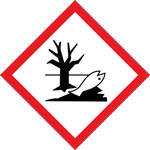You need to answer at least 42 out of 47 questions correctly to pass the Environmental Awareness and Waste Control Test for Operatives and Specialists. Answers may be reviewed after each question or at the end of the test. Good luck!
List of questions in above test (quick view). Click question box to reveal correct answer.
1. Where does the construction industry rank among other UK industries in terms of resource consumption?
Give ONE answer
AB
C
D
Correct Answer: C
Explanation: The construction industry is the highest resource-consuming industry in the UK.
Explanation: The construction industry is the highest resource-consuming industry in the UK.
2. Approximately what percentage of construction waste goes into landfill every year?
Give ONE answer
AB
C
D
Correct Answer: B
Explanation: Around 100 million tonnes of waste are produced by the construction industry every year. About 20 million tonnes of this goes to landfill.
Explanation: Around 100 million tonnes of waste are produced by the construction industry every year. About 20 million tonnes of this goes to landfill.
3. What is a MAJOR contributor to waste production on a construction site?
Give ONE answer
AB
C
Correct Answer: B
Explanation: Large quantities of waste are produced when materials and resources are poorly managed.
Explanation: Large quantities of waste are produced when materials and resources are poorly managed.
4. What is the construction industry trying to improve regarding its environmental damage?
Give ONE answer
AB
C
D
Correct Answer: D
Explanation: The construction industry is increasingly focusing on sustainability.
Explanation: The construction industry is increasingly focusing on sustainability.
5. Who must play a role in helping reduce the site's environmental impact?
Give ONE answer
AB
C
D
Correct Answer: B
Explanation: Everybody must contribute to helping reduce the site's environmental impact.
Explanation: Everybody must contribute to helping reduce the site's environmental impact.
6. What are TWO factors that contribute to constructing a sustainable building?
Give TWO answers
AB
C
D
E
Correct Answer: D, E
Explanation: Resource-efficient materials with low environmental impact will help to make a building sustainable.
Explanation: Resource-efficient materials with low environmental impact will help to make a building sustainable.
7. What are THREE examples of sustainable construction practices?
Give THREE answers
AB
C
D
E
F
Correct Answer: A, D, E
Explanation: Locally sourced materials and labour will help reduce the project's carbon footprint. Building units off-site will also help design out waste.
Explanation: Locally sourced materials and labour will help reduce the project's carbon footprint. Building units off-site will also help design out waste.
8. What should a construction site be mindful of when sourcing timber?
Give ONE answer
AB
C
D
Correct Answer: A
Explanation: Good environmental practice demands that timber be sourced from sustainably managed forests.
Explanation: Good environmental practice demands that timber be sourced from sustainably managed forests.
9. How should waste be disposed of on-site?
Give ONE answer
AB
C
D
Correct Answer: C
Explanation: Waste should be sorted by type to allow different kinds of waste to be recycled or disposed of correctly.
Explanation: Waste should be sorted by type to allow different kinds of waste to be recycled or disposed of correctly.
10. Whilst demolishing an interior wall you come across some bats roosting. What should you do?
Give ONE answer
AB
C
D
Correct Answer: C
Explanation: If you come across bats roosting, or disturb wildlife of any kind, you must stop work and ask for advice on how to proceed.
Explanation: If you come across bats roosting, or disturb wildlife of any kind, you must stop work and ask for advice on how to proceed.
11. 5 litres of oil can contaminate an area of what size?
Give ONE answer
AB
C
D
Correct Answer: C
Explanation: Just 5 litres of oil spread extensively through the soil, surface water, and groundwater, affecting an area the size of two football pitches.
Explanation: Just 5 litres of oil spread extensively through the soil, surface water, and groundwater, affecting an area the size of two football pitches.
12. You are charged with hiring a company to transport waste off-site. What should you look for?
Give ONE answer
AB
C
D
Correct Answer: B
Explanation: Waste transport companies contracted by your site should be licensed and registered.
Explanation: Waste transport companies contracted by your site should be licensed and registered.
13. Which THREE of the following are examples of pollution?
Check ALL that apply
AB
C
D
E
Correct Answer: B, C, E
Explanation: Pollution includes accidental spreading of waste, incorrect waste disposal, and things like excessive noise, light, and vibration.
Explanation: Pollution includes accidental spreading of waste, incorrect waste disposal, and things like excessive noise, light, and vibration.
14. In which TWO of the following ways might harmful substances enter watercourses?
Give TWO answers
AB
C
D
Correct Answer: C, D
Explanation: Site run-off and incorrectly stored materials can result in substances entering watercourses (rivers, lakes, etc.)
Explanation: Site run-off and incorrectly stored materials can result in substances entering watercourses (rivers, lakes, etc.)
15. You are using a solvent near a freshwater stream. What precaution should you take?
Give ONE answer
AB
C
D
Correct Answer: C
Explanation: Maintain a distance of 10 metres from the stream where possible.
Explanation: Maintain a distance of 10 metres from the stream where possible.
16. What environmental risk is created by a badly bunded storage area?
Give ONE answer
AB
C
D
Correct Answer: B
Explanation: Poor bunding will not properly contain any leaked or spilled substances
Explanation: Poor bunding will not properly contain any leaked or spilled substances
17. How will you know how to correctly use a spill kit?
Give ONE answer
AB
C
D
Correct Answer: B
Explanation: All employees must be trained in emergency measures regarding environmental issues. This will happen during or following your induction.
Explanation: All employees must be trained in emergency measures regarding environmental issues. This will happen during or following your induction.
18. What is ONE reason that pollutants become a problem if they reach the groundwater?
Give ONE answer
AB
C
D
Correct Answer: B
Explanation: Groundwater will sometimes be used for drinking water.
Explanation: Groundwater will sometimes be used for drinking water.
19. Who should refuel a site vehicle?
Give ONE answer
AB
C
D
Correct Answer: B
Explanation: You must be authorised to carry out vehicle refuelling.
Explanation: You must be authorised to carry out vehicle refuelling.
20. Which of the following is the best location for refuelling a vehicle?
Give ONE answer
AB
C
D
Correct Answer: A
Explanation: Controlled areas with flat, hard surfaces are best to avoid fuel leaking into the ground.
Explanation: Controlled areas with flat, hard surfaces are best to avoid fuel leaking into the ground.
21. If you cannot find an appropriate place to refuel, what TWO measures must be in place when you refill?
Give TWO answers
AB
C
D
E
Correct Answer: A, B
Explanation: Mitigate the risks of pollution by remaining distant from water sources and drains, and laying ground protection underneath.
Explanation: Mitigate the risks of pollution by remaining distant from water sources and drains, and laying ground protection underneath.
22. What TWO pieces of equipment can help prevent spills and over-filling?
Give TWO answers
AB
C
D
E
Correct Answer: A, D
Explanation: To help prevent over-filling, you can use special nozzles and funnels where necessary.
Explanation: To help prevent over-filling, you can use special nozzles and funnels where necessary.
23. Which of the following statements is TRUE about drains on site?
Give ONE answer
AB
C
D
Correct Answer: D
Explanation: Specific liquids may not be permitted down specific drains.
Explanation: Specific liquids may not be permitted down specific drains.
24. How will you know which fluids are allowed down which drains?
Give ONE answer
AB
C
D
Correct Answer: C
Explanation: Drains on site must be colour-coded.
Explanation: Drains on site must be colour-coded.
25. What are the three colour codings you may see on drains?
Give ONE answer
AB
C
D
Correct Answer: B
Explanation: Red, red 'C', and blue are the three drain colours.
Explanation: Red, red 'C', and blue are the three drain colours.
26. You are washing out a ready-mix concrete lorry. What pollutant risk must you watch out for?
Give ONE answer
AB
C
D
Correct Answer: D
Explanation: Washout water from cement and concrete is highly polluting.
Explanation: Washout water from cement and concrete is highly polluting.
27. You notice roadworks are causing unnecessary congestion. What should you do?
Give ONE answer
AB
C
D
Correct Answer: D
Explanation: Talk to your supervisor if you think an unnecessary nuisance is being caused.
Explanation: Talk to your supervisor if you think an unnecessary nuisance is being caused.
28. You notice sewage running down a red drain. What do you do?
Give ONE answer
AB
C
D
Correct Answer: B
Explanation: Sewage is permitted down both red and red 'C' drains.
Explanation: Sewage is permitted down both red and red 'C' drains.
29. Which of the following is NOT an example of hazardous waste?
Give ONE answer
AB
C
D
Correct Answer: C
Explanation: Silty water is not a hazardous substance - it is a pollutant.
Explanation: Silty water is not a hazardous substance - it is a pollutant.
30. Concrete and cement washout water is highly polluting. Why?
Give ONE answer
AB
C
D
Correct Answer: C
Explanation: Concrete and cement washout is highly alkaline.
Explanation: Concrete and cement washout is highly alkaline.
31. You have leftover liquid from a task that is marked as environmentally harmful. What should you do FIRST?
Give ONE answer
AB
C
D
Correct Answer: A
Explanation: Always check if spare hazardous liquid can be used elsewhere on site. This will reduce the amount of harmful waste produced.
Explanation: Always check if spare hazardous liquid can be used elsewhere on site. This will reduce the amount of harmful waste produced.
32. You are removing silty water from an excavation. What should be done with the water?
Give ONE answer
AB
C
D
Correct Answer: D
Explanation: Silty water is a pollutant, and must be treated before it can be safely discharged.
Explanation: Silty water is a pollutant, and must be treated before it can be safely discharged.
33. What must you be aware of when working on a brownfield site?
Give ONE answer

B
C
D
Correct Answer: C
Explanation: Brownfield sites are sites that have been previously used for industry, or previously built on. Hazardous substances may still be present.
Explanation: Brownfield sites are sites that have been previously used for industry, or previously built on. Hazardous substances may still be present.
34. What kind of liquid is permitted down a blue drain?
Give ONE answer
AB
C
D
Correct Answer: D
Explanation: Blue drains are for surface water.
Explanation: Blue drains are for surface water.
35. Why might concrete washout be placed in a lined skip?
Give ONE answer
AB
C
D
Correct Answer: B
Explanation: This is to allow the sediment and liquid to separate, and be disposed of separately.
Explanation: This is to allow the sediment and liquid to separate, and be disposed of separately.
36. You are involved in a chemical spill. What should be your FIRST action?
Give ONE answer
AB
C
D
Correct Answer: A
Explanation: You must always assess the risk involved before taking further action.
Explanation: You must always assess the risk involved before taking further action.
37. What may be done with the settled sediment once cement washout has been allowed to sit?
Give ONE answer
AB
C
D
Correct Answer: A
Explanation: Aggregate from the sediment may be reclaimed and reused.
Explanation: Aggregate from the sediment may be reclaimed and reused.
38. You are working on a brownfield site. What THREE substances would require you to stop work if found?
Give THREE answers
AB
C
D
E
F
Correct Answer: A, D, F
Explanation: Oily or strange smelling soil, and clumps of fibres, may both indicate hazardous substances.
Explanation: Oily or strange smelling soil, and clumps of fibres, may both indicate hazardous substances.
39. What are the steps you must follow when involved in a chemical spill?
Give ONE answer
AB
C
D
Correct Answer: C
Explanation: Stop work, contain the incident, and notify your supervisor or manager.
Explanation: Stop work, contain the incident, and notify your supervisor or manager.
40. Under what circumstances does an environmental incident NOT need to be reported to your supervisor?
Give ONE answer
AB
C
D
Correct Answer: D
Explanation: You must report all environmental incidents. The consequences for failing to report an incident may be severe.
Explanation: You must report all environmental incidents. The consequences for failing to report an incident may be severe.
41. Your site is part of the Considerate Constructors Scheme. What does this mean?
Give ONE answer
AB
C
D
Correct Answer: D
Explanation: The Considerate Constructors Scheme ensures participating sites are respectful of the public and of neighbours.
Explanation: The Considerate Constructors Scheme ensures participating sites are respectful of the public and of neighbours.
42. What are TWO potential consequences of damaging protected plants during construction?
Give TWO answers
AB
C
D
E
Correct Answer: A, B
Explanation: Plants may be protected if their species is in decline. Damaging them could result in fines for you or the company.
Explanation: Plants may be protected if their species is in decline. Damaging them could result in fines for you or the company.
43. You need to dispose of water contaminated with chemicals - can you put it down a red drain?
Give ONE answer
AB
C
D
Correct Answer: D
Explanation: Never assume that red drains are suitable places to dispose of hazardous liquids. You must ALWAYS check.
Explanation: Never assume that red drains are suitable places to dispose of hazardous liquids. You must ALWAYS check.
44. What MUST you do before putting hazardous liquid in a drainage system?
Give ONE answer
AB
C
D
Correct Answer: B
Explanation: You must always confer with, and acquire a permit from, local/water authorities before releasing hazardous liquids into a drainage system.
Explanation: You must always confer with, and acquire a permit from, local/water authorities before releasing hazardous liquids into a drainage system.
45. What symbol will you see on the container of hazardous substances that can harm aquatic life?
Give ONE answer
AB
C
D
Correct Answer: D
Explanation: You will see this sign: this is the shape of sign appropriate for hazardous substances.
Explanation: You will see this sign: this is the shape of sign appropriate for hazardous substances.
46. Which of the following is TOP priority when it comes to managing a site's waste output?
Give ONE answer
AB
C
D
Correct Answer: C
Explanation: The best way to manage waste disposal is to not create waste in the first place. This should be a site's top waste priority.
Explanation: The best way to manage waste disposal is to not create waste in the first place. This should be a site's top waste priority.
47. Your are doing work in a heritage site of archaeological interest. Which of the following is NOT a control your employer might introduce?
Give ONE answer
AB
C
D
Correct Answer: D
Explanation: These are all ways of reducing possible risks, and managing possible outcomes, associated with work on sites of archaeological or heritage interest.
Explanation: These are all ways of reducing possible risks, and managing possible outcomes, associated with work on sites of archaeological or heritage interest.




